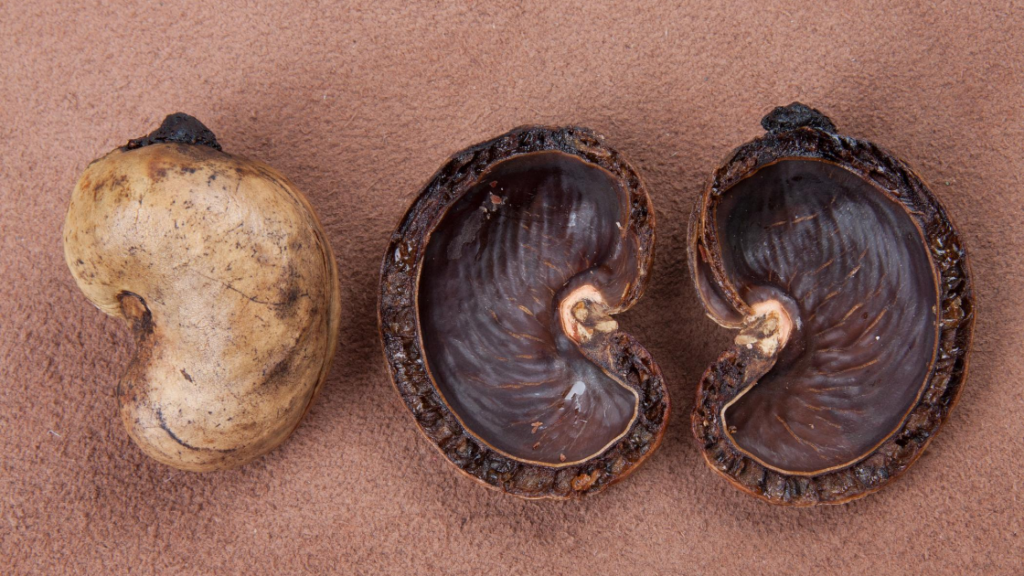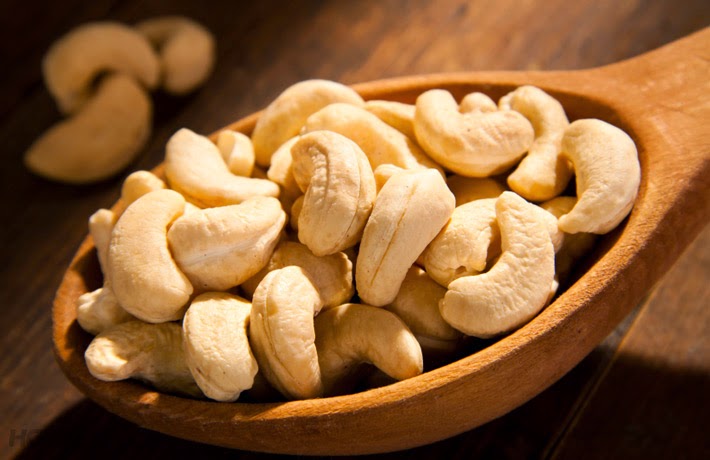

The Cashew Nut Shell Gasifier Stove was found to have a thermal efficiency of 35.5 % and an energy output of 2.19 kW (Singh et al. There are three types Gasifiers which are classified according to the way air or oxygen is bought into the system: Downdraft, Updraft, and Crossdraft. When used as fuel in a gas engine it can be used to generate electricity. The combustible gas can then be used in internal combustion engines or gas turbines, burned directly or used in the production of methanol or hydrogen. Gasification is thermo-chemical process that converts carbon-containing fuels into a combustible gas through incomplete combustion and reduction. The gas phase of bio-oil is predominantly CO 2 and CO below 400 ☌ with a greater formation of H 2. Bio-oil is not suitable for use in pure form but can be used in mixtures with Diesel. īio-oils have been shown to have a higher heating value than biochar with 32 MJ kg −1. However each specific application should be developed and designed properly in details. I believe that DPC as mechanical prime mover (without any fuels or electricity) can be used for various applications in small and medium-size households / farmer communities to transform the cashew shells into fuel.

The pyrolytic combustion, that is well adapted to small and medium-sized cashew nut recovery operators, has been developed to allow them to transform the shells into fuel that powers their activities. ".The local transformation of the cashew nuts faces numerous difficulties, such as high energy costs, that are an obstacle to the development of specialised businesses.

These minerals result in biochar being a potential fertilizer. Biochars also contain significant quantities of Potassium along with smaller amounts of Magnesium, Calcium, Copper, Zinc and Iron. īiochars are created in the processing of cashew nut shells along with other bioproducts. Biochars have a high carbon content (70–75 wt%) and high heating values in the range of 25–28 MJ kg −1 and can therefore be used as an energy source. The scope and varied opportunities for the development of other tailor-made polymers the CNSL offerse is subsequently increasing its value. There is a growing demand and for this CNSL due to its other multiple uses (including for: paints, laminating resins and intermediates for chemical industry). CNSL has a similar quality and heat content to Light Fuel Oil (LFO). Both the CNSL and CNS are used as biomass fuels for clean power generation. Cashew Nut Shell Liquid (CNSL)Ģ5 to 35% of this hard cashew is comprised of Cashew Nut Shell Liquid (CNSL), a viscous and caustic substance. Cashews shells have a net calorific value of 18.9 MJ/kg, placing them right in the middle of the biomass fuel mean range (14 - 21 MJ/kg). Cashew shells typically contain: 10.8% water and 2.6% ash. The cashew comprises of approximately 30% nut and 70% shell. While the nut is eaten throughout the world, the Cashew nut shells is very hard, with a thickness of 1 to 2mm is commonly discarded. The cashew nut tree (Western Anacardium) grows both naturally and through planned agricultural practices in subtropical countries, such as: Brazil, Nigeria and Ghana.
%2BFor%2BHealth%2B(2).jpg)
1.3 Bio-oil as a Cashew Nut Shell By-product.1.2 Biochar as a Cashew Nut Shell By-product.


 0 kommentar(er)
0 kommentar(er)
